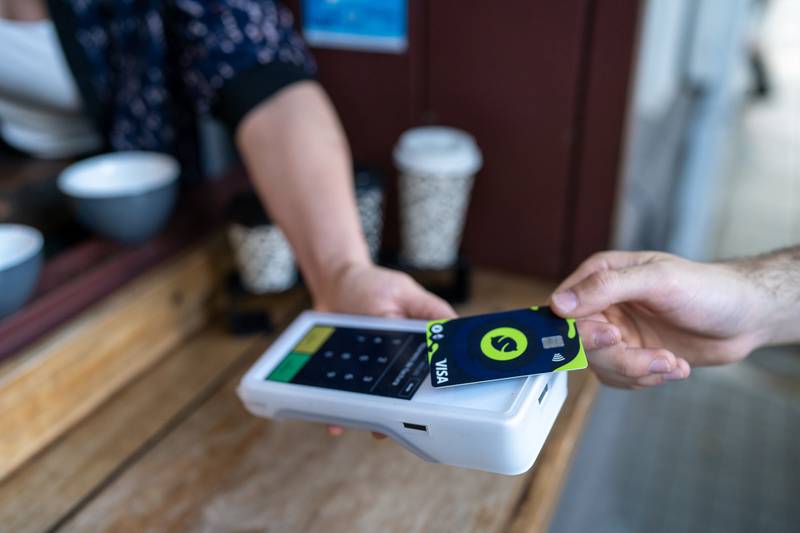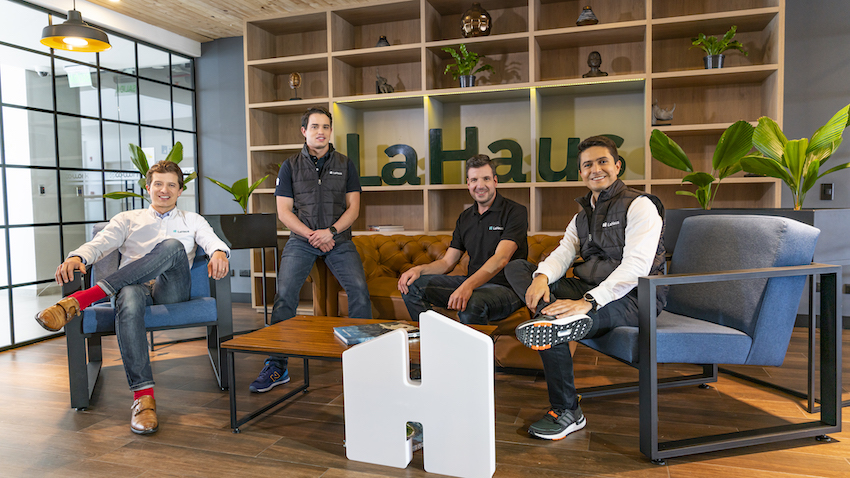Juan Pablo Ortega, one of Rappi’s cofounders, told reporters during the Web Summit conference in Lisbon Colombian that the delivery app is preparing its initial public offering (IPO) for 2022.
A Rappi spokesperson later mentioned that Ortega’s statements were “personal feelings” and don’t represent the companies goals. But if Rappi were to go public, this unicorn valued at $5.2 billion would be the first in Latin America in the category of delivery on demand.
Similar companies in the U.S. have gone public recently, including DoorDash and Uber, whose UberEats division is one of the industry leaders.
Since its founding in 2015, Rappi has received a total financing of $ 2.2 billion in 10 investment rounds. Investors include some of the largest global VC funds, including Sequoia Capital, Andreessen Horowitz and Tiger Global Management.
Softbank famously made a $1 billion investment in 2019, placing Rappi on the global stage as one of LatAm’s most promising delivery company.
Although it started as a food delivery and supermarket company, Rappi has been recently pivoting to become a super app. The platform currently offers a digital ecosystem with different categories: shops, supermarkets, restaurants, travel, cash, and financial services.
According to a report by social media analytics company TalkWalker, Rappi is one of the three most beloved brands in Latin America. It is currently present in 9 Latin American countries (Mexico, Costa Rica, Colombia, Peru, Ecuador, Chile, Argentina, Uruguay and Brazil) and more than 250 cities.
US Public Markets, LatAm Unicorn Favorite
Rappi’s announcement comes a few weeks after other LatAm unicorns have also shared their plans to go public, including Nubank. The Brazilian fintech giant is seeking a valuation of up to $50.6 billion in its initial public offering, planned for next year on the New York Stock Exchange.
The public exit of these unicorns will mean a milestone for the LatAm’s tech ecosystem consolidation, which began with MercadoLibre’s IPO in 2006 on the NASDAQ.
However, the public listings offered by the US stock markets are still much more attractive than those of the Latin American region.






